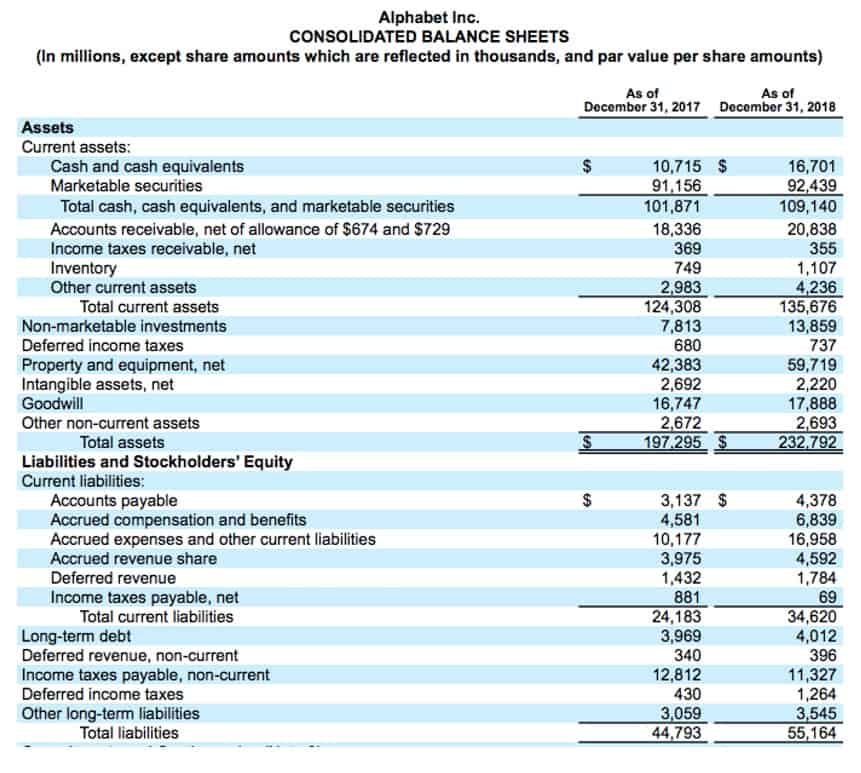5 2 Accounting for a lease modification lessee

However, at the start of year three, Wigwam no longer requires the machine and immediately terminates the lease due to a new way of manufacturing. As stipulated in the lease contract, a lease termination incurs a $500,000 termination fee and, in doing so, will remove the obligation of future lease payments and have the ability to return the leased machinery. By leveraging Nakisa’s lease accounting software, retail stations can reduce the complexities of managing large and complex lease portfolios while ensuring compliance with IFRS 16 and ASC 842 accounting standards. Nakisa’s lease accounting software provides a scalable and compliant solution for managing the complex details of fleet and rail car leases, ensuring accurate financial reporting and efficient lease management across the board.

Accounting for rent abatement and rent-free periods under ASC 840 and ASC 842 example

The election is made by capitalizing the expenses on a timely filed return (including extensions) and is revocable for that tax year only with the IRS’s consent (see Regs. Sec. 1.263(a)-4(f)). During Online Accounting 2025 XYZ Shipping encountered rough financial times and had to downsize their headcount drastically. As such, on June 1, 2025 XYZ Shipping amended their headquarters lease to now only include one floor. The termination of a lease might initially seem beneficial as it reduces liabilities, but if the termination fee is substantial, it could deplete cash reserves, affecting liquidity ratios such as the quick ratio. One of its stores, located in a prime shopping center, is struggling to generate sales and is operating at a loss. However, parties may need to follow specific procedures outlined in the lease to provide notice of termination or to negotiate a new lease term.

Legal

From the lessee’s perspective, lease termination involves the cessation of recognizing lease expenses on a straight-line basis and the handling of any remaining lease liability. For the lessor, it means the conclusion of income recognition and the potential for re-leasing or selling the asset. The intricacies of this process are magnified by the various reasons for lease termination, such as breach of contract, mutual agreement, or the exercise of an early termination option, each bringing its own accounting challenges. On the income statement, termination costs can lead to an immediate expense, affecting profitability. The balance sheet will show a reduction https://www.bookstime.com/ in lease liabilities and right-of-use assets, which can impact key financial ratios. Cash flow statements will reflect any termination payments, influencing operating cash flow.

Documentation and compliance requirements
- The new lessee paid larger lease payments to the lessor for the first 12 months of the new lease that were tied to the lessor’s cost of terminating the old lease.
- In Nakisa’s software, additional expenses such as fuel expenses can be defined within the Charge Definition functionality.
- One of the main provisions of this new standard is that all leases must be recognized on a company’s balance sheet.
- The rent expense for the first six months is shown as the $20,018 we calculated above, and the rent expense for the next 24 months is shown as $200,183.
- Ensuring parallel compliance with the lease accounting standards—ASC 842, IFRS 16, and local GAAP—requires robust, precise software capabilities.
- The absence of any option to extend the lease does not provide evidence either way as to an operating or a finance lease and other factors will need to be considered to determine the classification.
This includes considering factors such as the remaining lease term, the value of the right-of-use asset, and the impact on key financial metrics such as debt-to-equity ratio or interest coverage ratio. Companies should consider the financial impact of lease termination decisions under ASC 842. This includes the impact of lease liabilities on the company’s financial position and liquidity. Accounting standard, ASC 842, has brought significant changes to the way companies account for their leases. One of the areas that have been significantly impacted by the new standard is lease termination decisions.
- It’s a scenario that requires careful navigation to ensure that the interests of both the lessee and lessor are protected.
- From the perspective of operating lease accounting, lease termination can have significant impacts on a company’s financial statements.
- IFRS 16 requires the calculation of a modified lease liability, and an adjustment to the asset value to reflect the partial termination with any variance recorded to gain or loss in the current period.
- When a lease is terminated, whether it’s an early termination or at the end of the lease term, there are several tax considerations that both lessees and lessors must take into account.
- Any gain or loss resulting from the partial lease termination is recognized in the Income Statement.
Details on the example lease agreement:
The lease classification is made at the inception of the lease but a lessee and lessor may agree to change the provisions of the lease. However, changes in estimates for example, changes in the residual value of a leased property, or changes in circumstances such as default by the lessee, do not give rise to a new classification of a lease. If the changes accounting treatment for early termination of operating lease would have resulted in a different lease classification, had they been applied originally, then the revised lease agreement is treated as a new lease over the remaining lease term. Since the company elected to not present comparative financials, they must calculate the present value of the remaining lease payments as of their transition date. ASC 842 requires private entities to use the rate inherent in the lease, unless that rate is not readily determinable. If the implicit rate is not determinable, the tenant has the option to use their incremental borrowing rate or a risk-free rate.
- If the entity intended to sublease the property, it would continue to derive economic benefit from the right of use asset, however, the asset may be impaired.
- Many lease agreements may include an option for either lessees or lessors to terminate the agreement prior to the end of the original lease term.
- This article explores the complexities of lease termination accounting and provides insights into navigating this process with confidence.
- We will address the accounting for a partial termination, and the differences between the treatment within the respective standards, below.
- For the lessor, the termination could lead to a recapture of tax benefits previously claimed, among other implications.
- The lessee records the new fixed asset value as the carrying value of the leased asset plus or minus an adjustment equal to the difference between the purchase price and the lease liability balance at the time of purchase.
- Assume the tenant is a private company with a calendar year-end and transitioned to ASC 842 on January 1, 2022.

